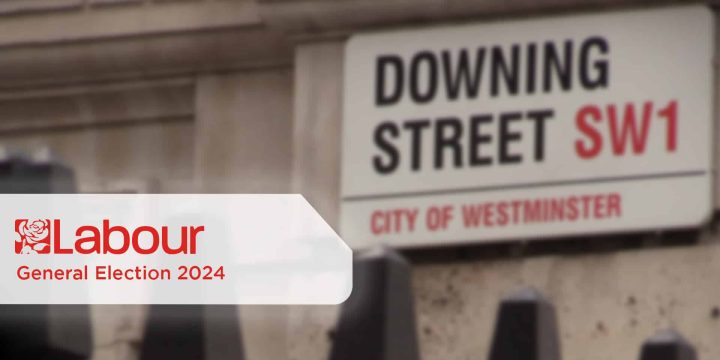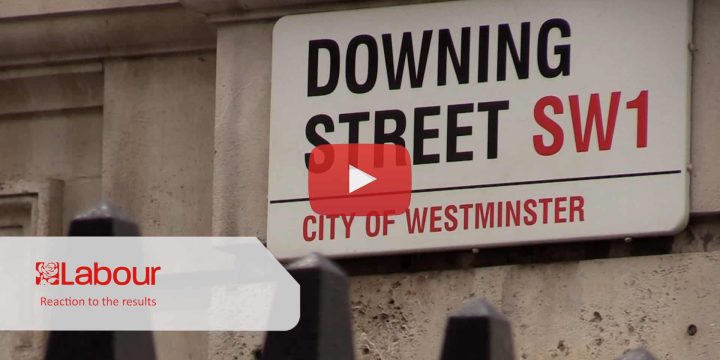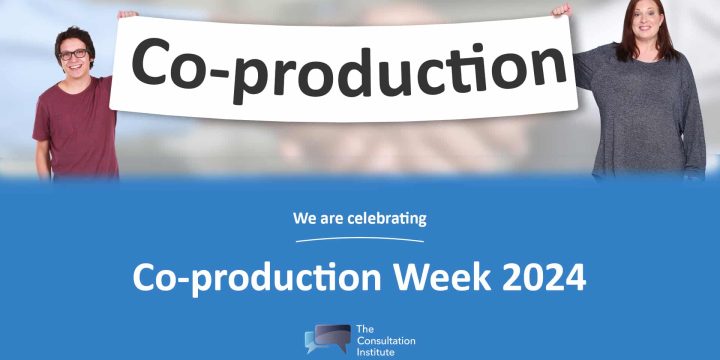News & Insights
What might a continuous engagement strategy look like?
Image Credit: Social Ninja
A couple of weeks ago, we considered why you might want to consider continuous engagement and the difficulties of the way we operate today. This week we will look at what continuous engagement might look like.
Possibly the best reason for considering adopting a continuous engagement strategy is that you would prefer to move away from being reactive, knee jerk engagement and controversial consultations. Instead, the aim is to move towards being open and progressive, where change is achieved more organically with the public and stakeholders as your partners.
You cannot do away with consultation completely. There is a statutory and public law framework that means the public can demand consultation in many circumstances. But we have seen many scenarios where consultation might have been expected; however, the public was happy to progress to a decision without consultation because of how robust the involvement and processes were in reaching conclusions. A great example was when the South Wales Collaborative restructured support services for sexual and physical abuse victims across South Wales. It was not continuous engagement, but it had many of the hallmarks.
In policymaking, proposals rarely just emerge. There are always new developments and research that offer alternative ways of delivering a service. Public bodies that are aware of such developments would benefit from having conversations with the public to see if these developments would be accepted and supported by the public. But, continuous engagement goes beyond listening to the public’s view on proposed projects or new developments.
Instead of public bodies finding new ways to deliver high-quality and sustainable services, ask the public about their views on existing services – what is and is not working at the moment and what could be done to improve the service. This gives the public the power to shape future services in a way that will serve the shared interest. This information is valuable and will enable you to put together evidence-based proposals for change that will be accepted and welcomed by the same community you engaged.
In relation to your priorities, any successful continuous engagement strategy needs to focus on:
- continuous review of the status quo, and,
- the continuous search for improving the status quo.
To this end, you cannot achieve worthwhile continuous engagement unless you are continuously sharing the latest information about the status quo, including what is learned from those you engage, and the latest information and research, both internal and external, that will help inform your public and stakeholders.
In a good continuous engagement strategy, there would ordinarily be four main focus for engagement, participation and debate (though depending on the scenario you might have different priorities):
- Debating the merits and deficiencies of the status quo
- Original thinking about improving or eliminating the deficiencies and further enhancing the merits
- Debating new ideas and learning from independent research and development, the latter, including both academic ideas and scientific development, new solutions in testing and prediction of future solutions.
- Actual, likely and predictive impacts (both positive and negative) of changing or retaining the status quo.
It is reviewing and testing on this basis that allows you to identify on a more frequent basis what can be altered, tweaked, changed and introduced in a less dramatic way.
If you are looking to reduce the number of consultations you do, you must also consider what sufficient participation levels might look like to justify making decisions. This is where the methods and mediums for participation, collaboration, co-production and deliberation are essential.
Tune in next week where we will round up insights into continuous engagement by helping you understand whether it is the right strategy for you.



